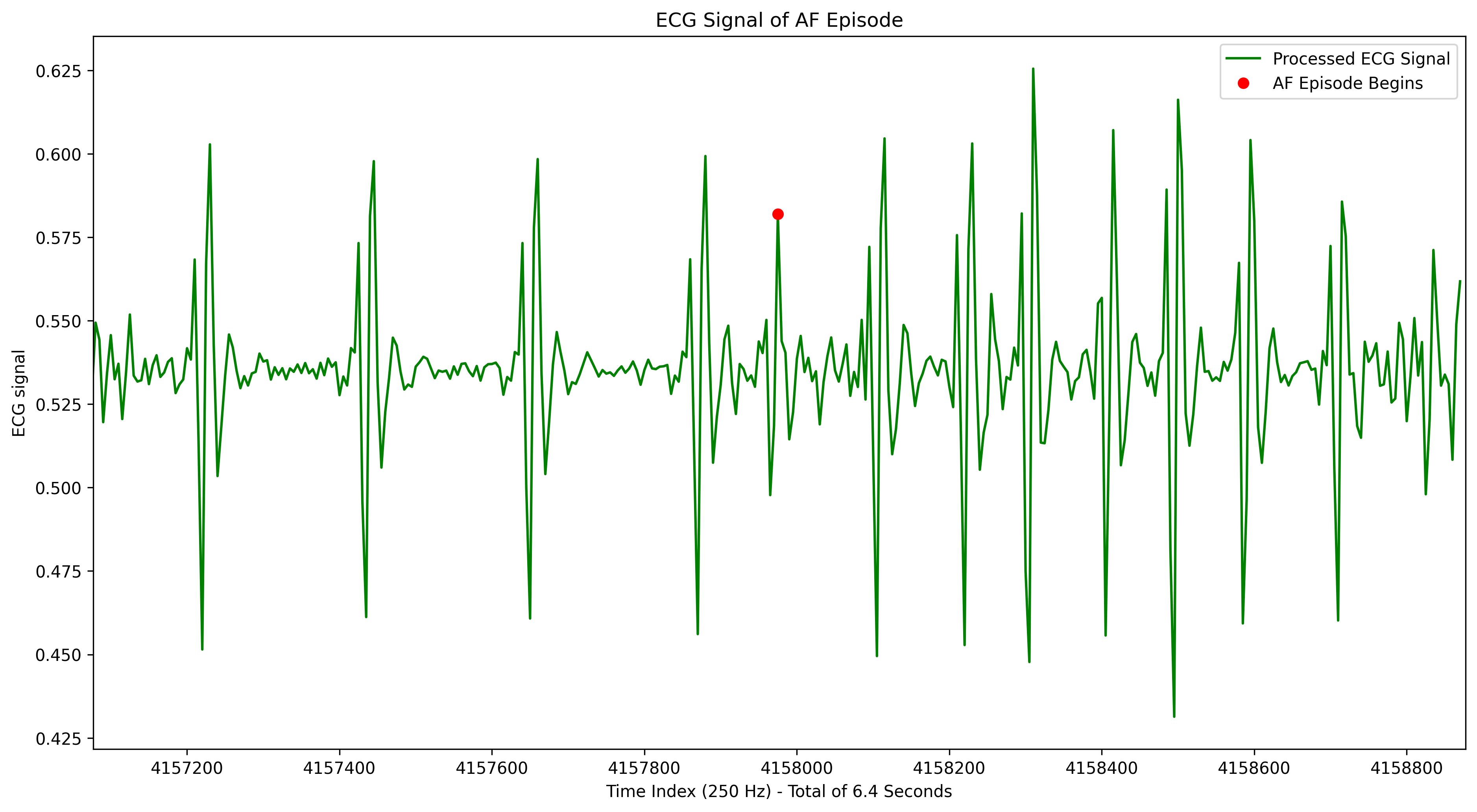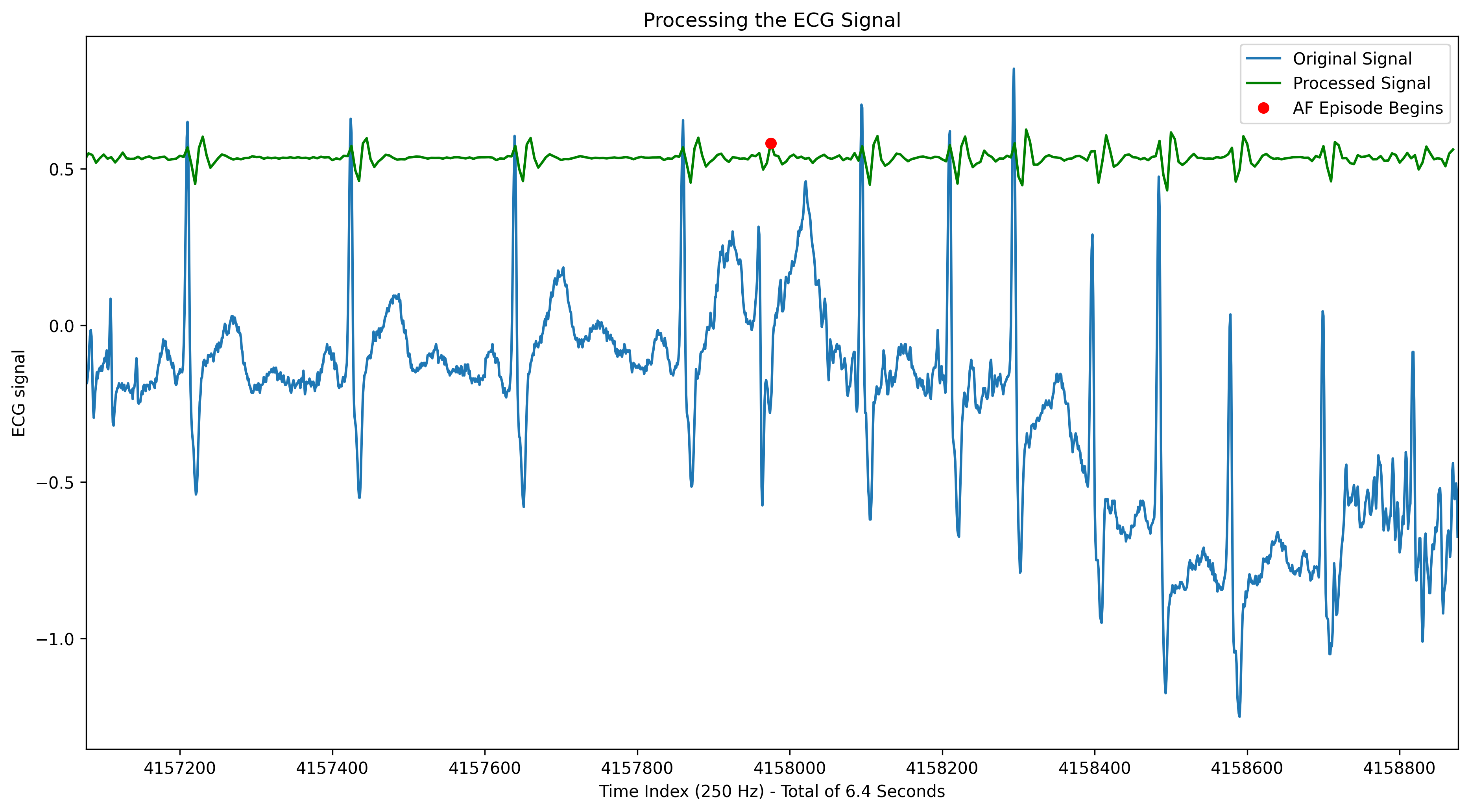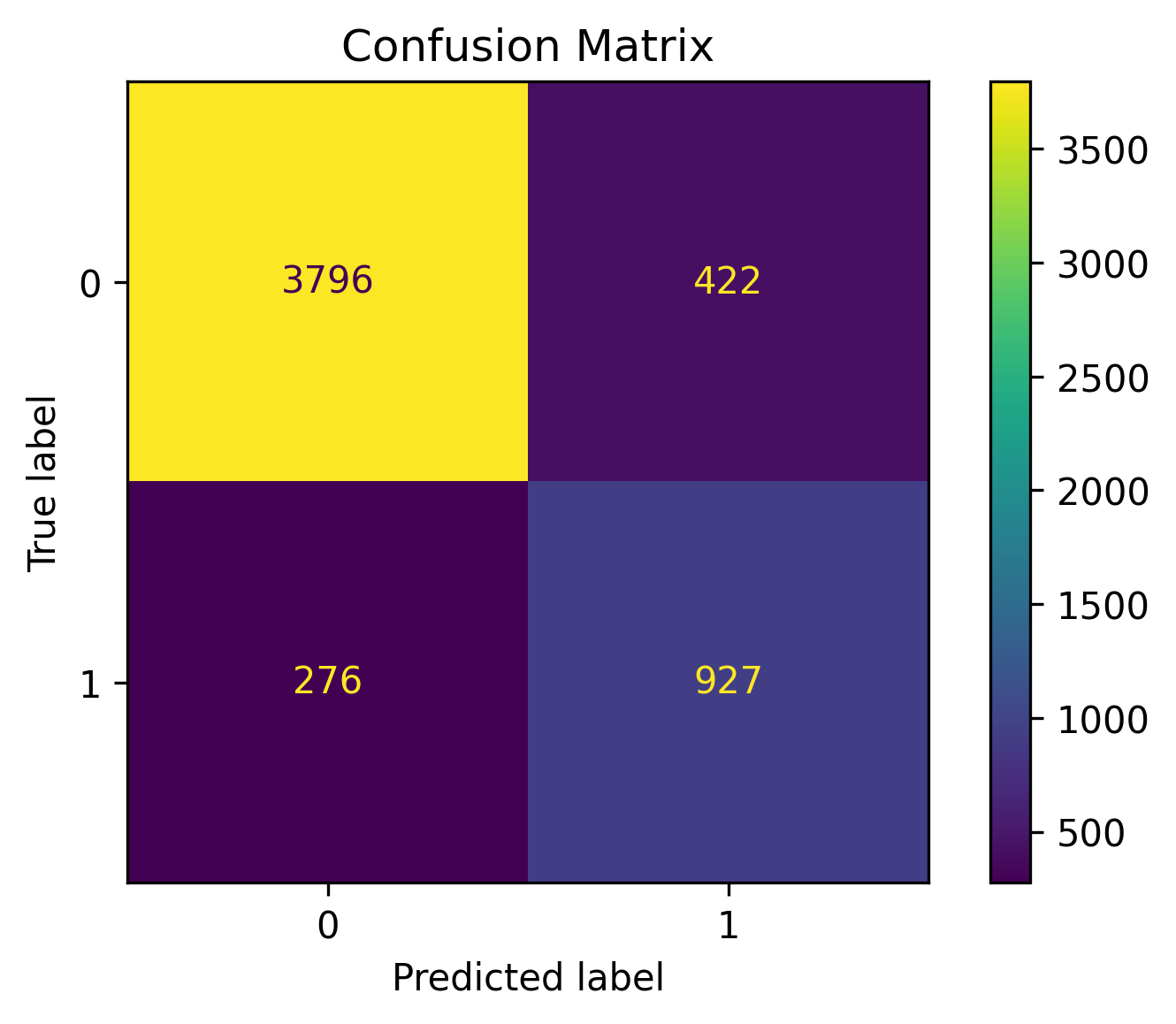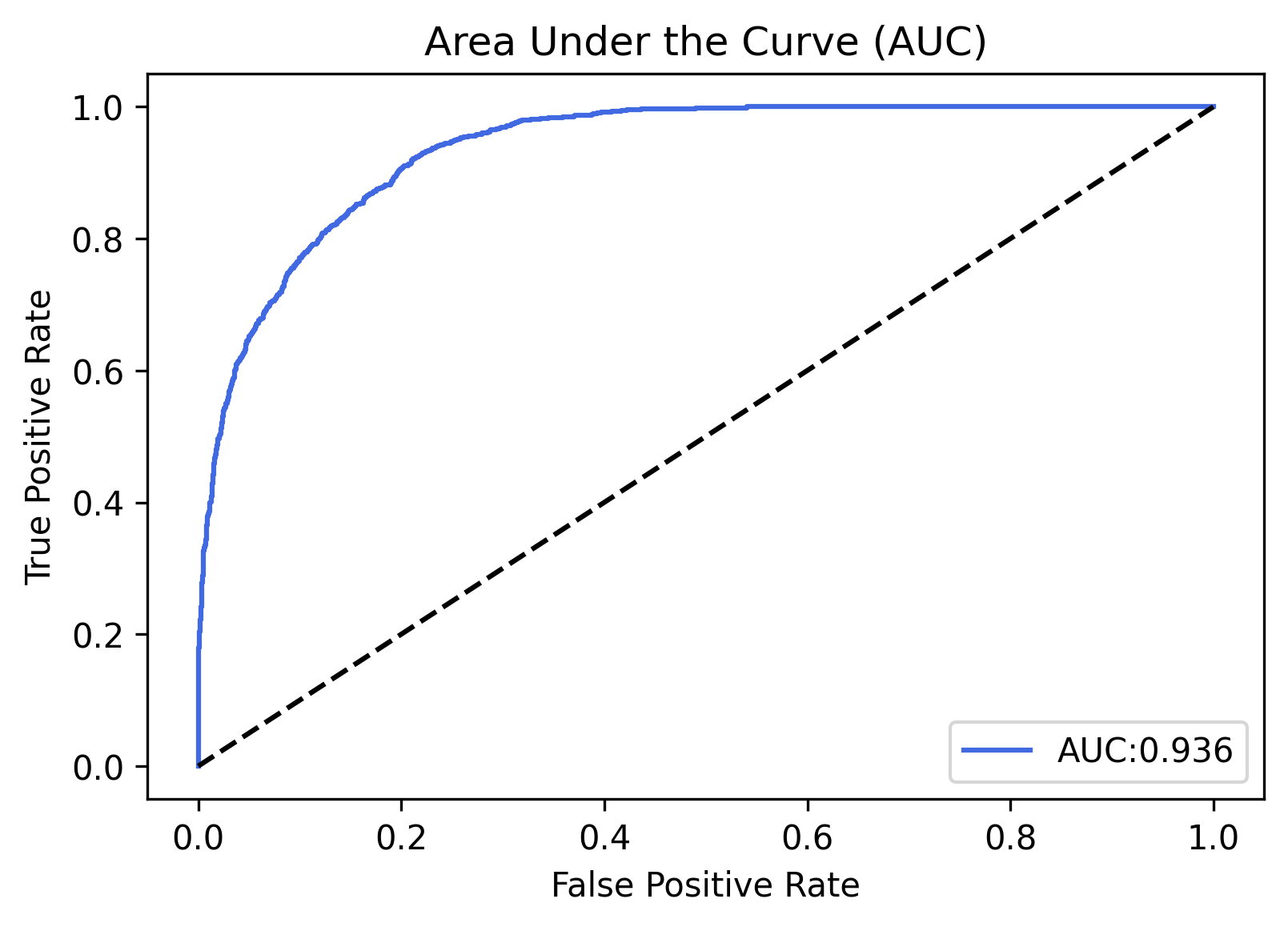Atrial Fibrillation Prediction
This page describes the work we achieved in this research.
Background
Atrial fibrillation (AF) is an abnormal heart rhythm that affects more than 30 million people worldwide. It is characterized by irregular and often very rapid rhythm. AF is associated with an increased risk of death, stroke, and heart failure, and is assumed to generate economic, clinical and societal challenges in the next decades. Episodes of AF may come and go which can make it hard to diagnose. Treatment options for AF are medications, cardioversion and surgery.

Research Objective
Successfully predict if a patient is going to have an atrial fibrillation episode in the next 30 minutes, only by looking at the patient’s raw ECG signal. To date, no research has managed to successfully predict future AF episodes before they occur with high accuracy (more than 80%).
Motivation
Predicting future AF episodes will allow enrichment of trials of interventions to prevent AF and better prepare for upcoming episodes. These interventions will help to minimize the total length of an AF episode. Such advancements may mitigate the patient’s risk for ischemic stroke and potentially save many lives. They will also allow preparing for episodes during surgery and reducing the number of medications patients with AF must take, thus reducing the risk of side-effects.
Data
We used the MIT-BIH atrial database which contains 25 long-term ECG recordings of human subjects with atrial fibrillation. Each recording is 10 hours in duration and contains two ECG signals sampled at 250 Hz. Data pre-processing: • Butterworth filter which effectively removes noise from the ECG signal. • Down-sampling from 250 Hz to 50Hz to prepare for utilizing multiple data-sets that have different frequencies. • Normalization of signals to values between 0 and 1 as different recordings have variations in their signals. We created non-overlapping segments of 30-second ECG recordings using both ECG channels. Each segment was tied to a variable that indicates if AF begins in the 30 minutes following the recording.

Model
A convolutional neural network (CNN) model designed for reading a 30-second ECG recording and predicting if an AF event will occur in the following 30 minutes. The model consists of the following major layers: • A one-dimensional convolutional layer which generates feature maps from the input signal. • A pooling layer which reduces the size of the feature maps and creates a summarized version of them. • Fully connected layers which learn possible nonlinear functions of the feature space. The final layer consists of a SoftMax activation function that outputs the probability that AF will occur in the next 30 minutes.
Results
The data (30 second non-overlapping ECG segments) was split randomly: 80% of it was used for training the model and 20% was used for testing the model.


Evaluation methods:
\[Accuracy = ((TP + TN) / (TP + TN + FP + FN)) = 87.9\%\] \[Recall = ((TP) / (TP + FN)) = 74.4\%\] \[Precision = ((TP) / (TP + FP)) = 72.1\%\] \[Specifity = ((TN) / (TN + FP)) = 91.8\%\] \[F1 Score = ((2*Precision*Recall) / (Precision + Recall))) = 73.2\%\]Recall is the most important evaluation method as it indicates the ability of the model to correctly predict future AF episodes.
Discussion
We created a convolutional neural network that predicts if an AF will occur in the 30 minutes after a 30 second ECG recording with 87.9% accuracy. The results are preliminary and further research must be completed to advance our findings and produce better results. For this purpose, we plan to utilize more data-sets, research different models, find the most appropriate time frames for the prediction and the recording, and create a patient-personalized model that performs better on predicting future AF episodes for the same patient. Future work should also include the use of data from wearable technologies such as smartwatches that allow ECG recording.